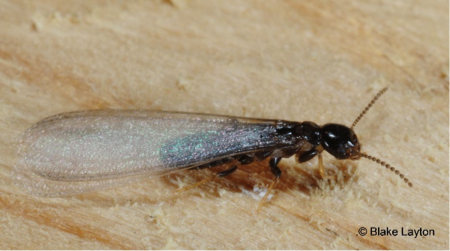Eastern Subterranean Termites, No 2
Your Extension Experts
Related News
March 16, 2016
October 1, 2015
July 10, 2015
June 29, 2015
June 17, 2015
Pages
Related Publications
Publication Number: P2765
Publication Number: P2825
Publication Number: P3346
Publication Number: P3367



